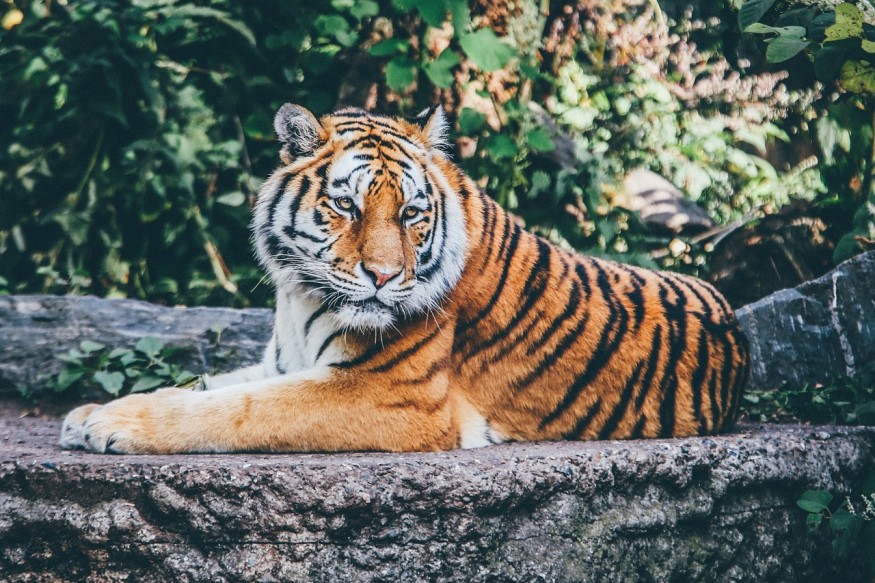With the rising population of Tigers in jungles in Nepal and India and their lurking closer to villages, conservationists are racing towards finding ways and approaches to avoid potential conflicts.

AI Tiger Detector
These conservationists are working towards maximizing artificial intelligence with their solutions. Interestingly, experts from South Carolina's Clemson University and many NGOs released earlier research on their work involving AI-powered cameras. This technology can revolutionize how tiger conservation is done.
The experts installed the small devices around enclosures within the two countries. They did so to protect people from these tigers and the latter from poachers.
The camera system, which they call TrailGuard, can distinguish these striped predators from other species. It then relays images to villagers or park rangers in seconds.
According to the research, the camera system boasted of remarkable effectiveness. It was able to detect a tiger that was situated 300 meters from a village. Another time, it was able to pick up a poacher team.
The experts say their novel system is the first AI-powered camera to distinguish and send a tiger's picture. Interestingly, it has also excluded false alarms, including traps being tripped by falling leaves or boars.
Maximizing Technology For Conservation Efforts
Eric Dinerstein, one of the report's authors, explains that technology can offer ways for people, tigers, and wildlife to exist alongside each other.
Google partnered with several researchers and NGOs around four years ago to gather millions of camera trap shots under the project known as Wildlife Insights. The project focuses on automating the species identification and image labeling process. This, in turn, would minimize efforts and working hours for researchers.
The experts' goal is to ensure that 30% of the land and ocean of the planet will be allocated as protected zones by the year 2030. They eventually hoped that this number would rise to 50%.
Monitoring would be necessary for these areas. The animals must also be capable of safely moving between zones. They are gearing towards this, and it is something that an early warning system would play a crucial role in.
Tiger Population and Habitat
The habitats of tigers across Asia have ended up devastated. More than that, their population numbers fell to a record-low 1,411 back in the year 2006. This was before the numbers steadily went to roughly 3,500.
As of 2011, tigers have been classified as endangered on the IUCN Red Light.
RELATED ARTICLE : AI Might Help Humans Talk to Animals, Opening New Doors for Communicating With Nature
Check out more news and information on Tech & Innovation in Science Times.
© 2025 ScienceTimes.com All rights reserved. Do not reproduce without permission. The window to the world of Science Times.










